|
Download: |
Understanding Face Representations in Deep Convolutional Neural Networks: Face Space Theory EvolvesProf. Alice O'Toole Human recognition skills are considered to be the gold standard for computer-based face recognition systems. At its best, human recognition is remarkably robust in suboptimal viewing conditions and can operate accurately across changes in viewpoint, illumination, and appearance change (e.g., age). In fact, "at its best" refers to the recognition of people we know well. Person recognition in natural viewing conditions relies, not only on the face, but also on the body and gait. In this presentation, I will discuss studies in which we and others have compared face recognition by humans and computers. In the most challenging cases for face recognition algorithms, humans performed well. A careful examination of the results, however, showed that humans relied on the bodies, rather than faces, to identity people when the face quality was very poor. I will discuss when and how body biometrics contribute to person recognition by humans. I will also describe a low-dimensional model of body shape, grounded in language-based descriptions of bodies. In particular, I describe a model that allows for transforming simple descriptions into 3D body shapes and vice versa. Finally, I will argue that the body is an under-exploited biometric in security applications and that computer-based body recognition could add to the accuracy of person recognition when the quality of the face image is poor. If time permits, I will discuss two recent tests of expert facial forensic examiners on which I collaborated with former students of this summer school (Dr. Kristin Norell and Dr. David White). |

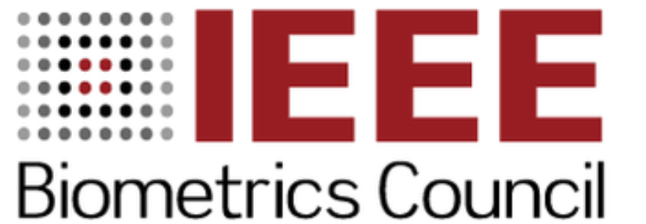

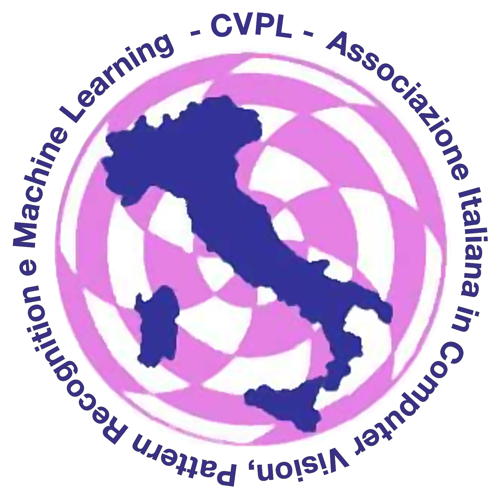 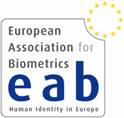
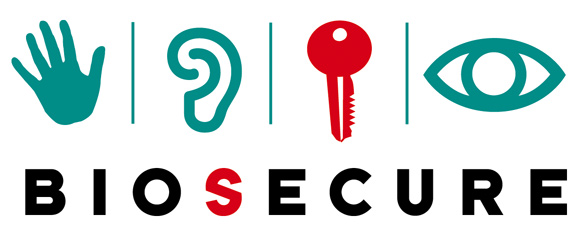
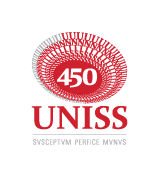
 |